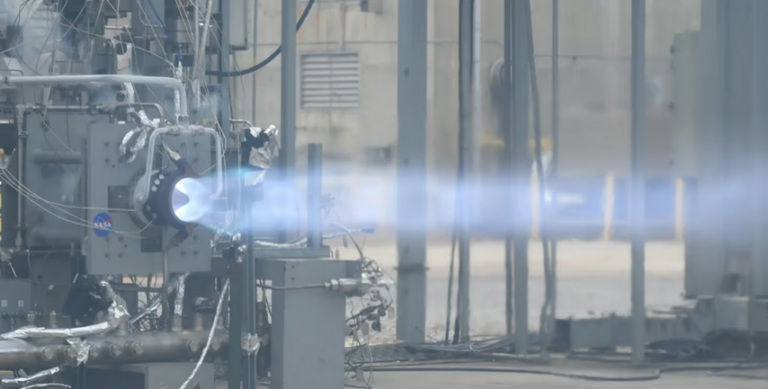NASA has pushed forward a revolutionary new rocket technology at its Marshall Space Flight Center in Huntsville, Alabama. Engineers at the facility fired the 3D-printed Rotating Detonation Rocket Engine (RDRE) for a record 251 seconds with 5,800 lb (2,631 kg) of thrust.
For over six decades, NASA has relied on chemical rockets to launch its vehicles into space. It works, but chemical rockets suffer from the fact that they’ve been operating in the neighborhood of their theoretical limit since 1942. This isn’t helped by the fact that most liquid rockets are essentially unchanged in their basic design since the days of the German V2s.
To squeeze a bit more performance out of rocket engines, NASA is looking at a fundamentally different design with the RDRE.
New York Times sues OpenAI & Microsoft over AI copyright infringement
Instead of a combustion chamber where fuel and oxygen are fed in to burn at subsonic speed, in an RDRE these are introduced into a gap between two coaxial cylinders. When this mixture is ignited, they form a closely coupled reaction and shock wave. That wave travels inside the gap at supersonic speed, generating more heat and pressure.
Continue here: New Atlas
Ask me anything
Explore related questions





